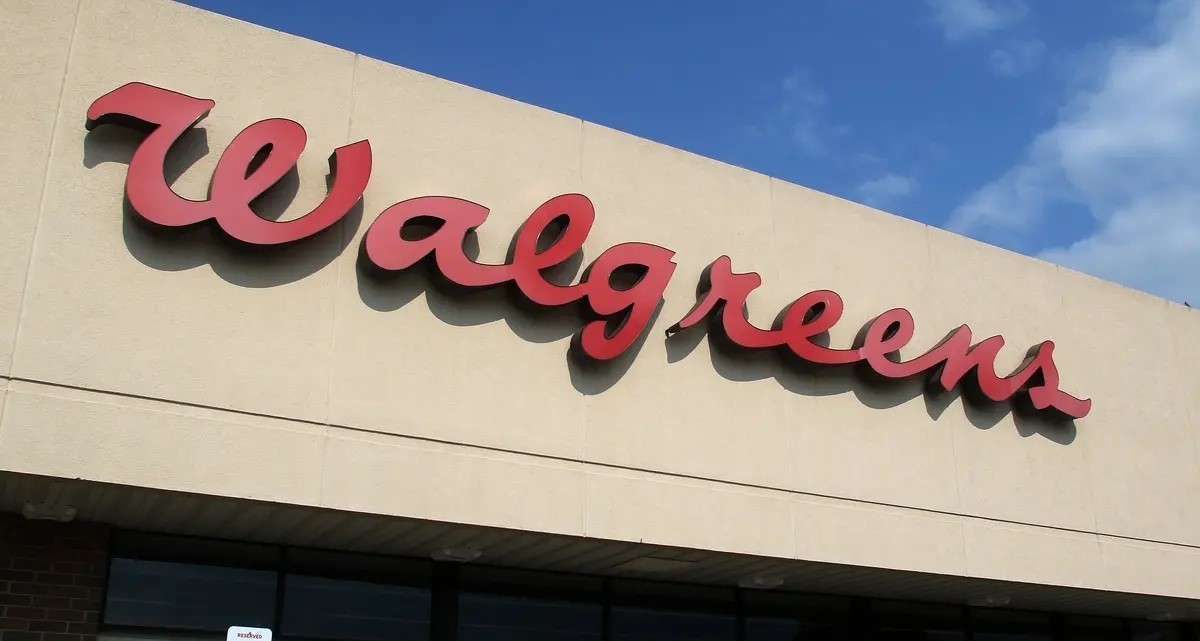Walgreens has announced a significant number of store closures in Illinois, mirroring a trend seen in pharmacy chains across the United States. Many of these closures are part of a multiyear plan to address underperforming locations and cut costs. This move has raised concerns among customers who rely on their local Walgreens for essential medications and healthcare needs.
The company’s plan to reset its struggling business includes reducing expenses and better positioning itself in the competitive market. With one in four stores underperforming, Walgreens is taking decisive action to streamline its operations. Residents in Illinois will need to prepare for changes in their local access to pharmacy services as this plan unfolds.
Despite these closures, Walgreens aims to strengthen its remaining stores and enhance its services. The company is focusing on sustainability and efficiency in a challenging economic environment. How these closures will impact customers and communities in Illinois remains an important topic of discussion.
Implications for Illinois’s Economy
Walgreens’ decision to close a significant number of stores in Illinois will have several effects. These effects are important for both workers and the commercial spaces they occupy.
Impact on Employment
Many employees will face job losses due to these store closures. Walgreens employs a large number of people in various roles, from pharmacists to cashiers. Losing these jobs can affect families who depend on this income.
In addition to direct job losses, other businesses that rely on foot traffic from Walgreens locations may also suffer. Nearby stores often benefit from the presence of large chains. When these stores close, their neighbors might see fewer customers, leading to further job losses in the area.
Local Commercial Real Estate
Empty Walgreens stores could impact local real estate markets. Commercial spaces left vacant may struggle to find new tenants quickly. This can lead to lower property values and less income for property owners.
Property owners might need to offer lower rents or make costly renovations to attract new tenants. Local governments may also see declines in tax revenues due to decreased property values. This can strain budgets and limit public services.
Finding new tenants for these spaces is important. If new businesses move in, they could help stabilize the local economy and replenish lost jobs.
Walgreens’ Strategic Restructuring
Walgreens is closing many stores as part of a strategic restructuring plan. Their primary focus is to improve store performance and streamline operations for future growth.
Nationwide Store Performance Analysis
Walgreens’ decision to close stores is driven by a thorough review of store performance across the country. The company has identified underperforming locations that negatively impact its overall financial health. Out of the approximately 8,600 stores in the U.S., Walgreens plans to close between 650 and 700 stores. This move aims to cut losses and strengthen the chain’s profitable locations.
Poor consumer spending has been a significant factor in deciding which stores to close. By focusing on the most unprofitable quarter of its stores, Walgreens is hoping to consolidate its resources into more successful areas. The closures are expected to be rolled out gradually, minimizing disruption while aiming to balance customer demand and operational efficiency.
Future Business Focus Areas
Walgreens is redirecting its efforts toward areas with stronger growth potential. This includes enhancing their digital presence and expanding healthcare services such as pharmacies and clinics within their stores. By shifting focus, Walgreens seeks to meet modern consumer demands and increase its market share in the growing healthcare sector.
Additionally, Walgreens is investing in updated technology and infrastructure to improve customer experience both in-store and online. They aim to offer better services through personalized customer care, efficient prescription services, and health consultations. This strategy is aligned with their goal to create a more integrated healthcare and retail experience.
